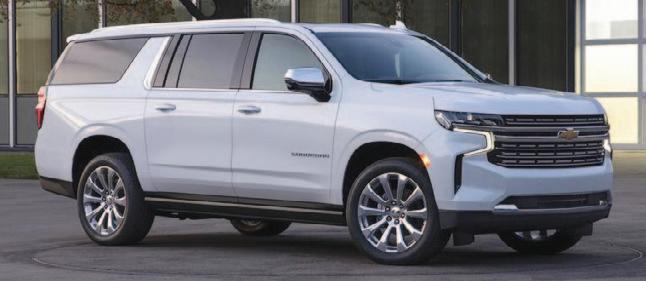


































































































































New cars have been costly for quite some time, but those costs have spiked considerably since the onset of the COVID-19 pandemic. That unprecedented rise has led many motorists to wonder how they can get more mileage out of their existing vehicles.
According to data from Kelley Blue Book and Cox Automotive, the average cost of a new car in September 2021 was just over $45,000. That marked a $3,000 increase from June 2021 and a $5,000 increase from the end of 2020. Drivers who can’t afford to keep up with the rising cost of new vehicles can take these steps to keep their existing cars running smoothly for years to come.
• Take care of the timing belt. Engines may get all the glory, but they cannot run smoothly without a fully functional timing belt. Engines need various components to do their job, and those components must do so at the right time for the engine to run smoothly. Fully functional timing belts help to synchronize movements, but belts must be



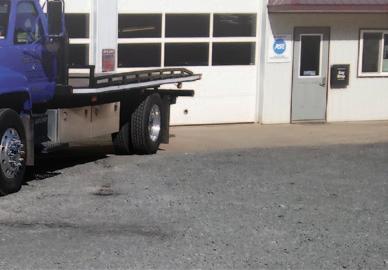
Drivers likely need no reminder that the cost of fuel is high. In November 2021, data from the U.S. Energy Information Administration indicated the average price per gallon of fuel was $3.39. That marked a seven-year high and an increase of $1.29 in just 12 months.

replaced every so often. Owner’s manuals may note when to replace the timing belt, but they generally must be replaced every 60,000 to 105,000 miles. That’s infrequent, but drivers can ask their mechanics to keep an eye on their timing belts. One issue many drivers encountered in the early months of the pandemic when people were driving less frequently was timing belts that were failing long before they reached the projected mile markers. That’s because infrequent driving can hasten the demise of the timing belt.
This is something for aging drivers who no longer drive a lot to keep in mind.
• Take care of the brakes and associated components. The experts at Popular Mechanics urge drivers of older vehicles to replace their brake fluid every two years. Popular Mechanics also advises drivers whose cars are more than seven years old to replace the rubber brake lines when major brake work is required.


• Pay attention to oil levels. The older engines get, the more oil they’re going to burn. So drivers of older






vehicles should check their oil levels more often than they would if their vehicles were brand new. This also is a great way to discover leaks before they lead to potentially significant issues.
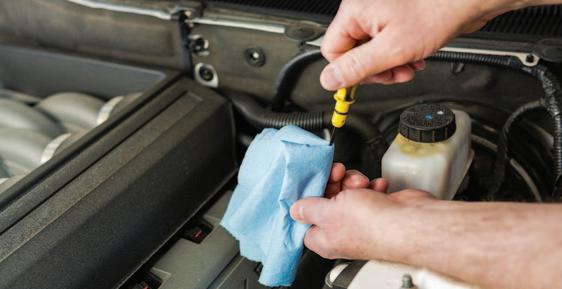

• Don’t skip maintenance appointments. Even if you’re still driving less due to the pandemic, it’s best not to skip recommended maintenance intervals. That’s true for drivers of all cars, but especially those whose vehicles are aging. Routine tune-ups and oil changes, which may need to become more frequent the older the vehicle gets, can keep cars running smoothly and protect the engine over the long haul.

The rising cost of new cars is compelling drivers to keep their cars longer than they might have anticipated, but some simple maintenance measures can help those cars run strong for years to come.
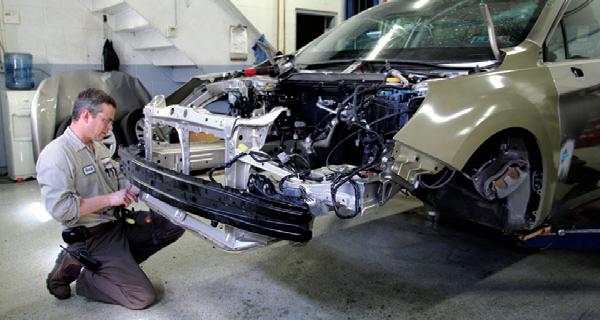
Learning how to be a more efficient driver is a great way to improve gas mileage and take some of the sting out of filling up. Here are some other tips to try to save money on fueling up at the gas station.
• Take it easy behind the wheel. The Office of Energy Efficiency & Renewable Energy reports that aggressive driving can lower gas mileage by as much as 30 percent when driving at highway speeds and 40 percent when driving in stop-and-go traffic.

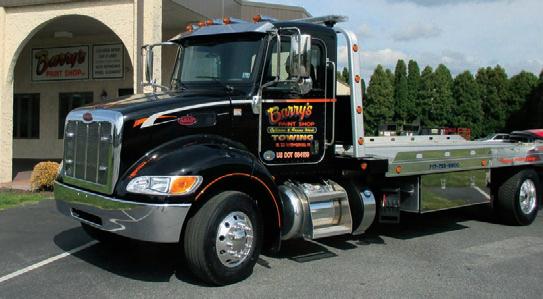




• Utilize in-vehicle energy feedback. A recent study from researchers at the Institute of Transportation Studies found that drivers who used driver feedback devices in their vehicles in an effort to save fuel improved their gas mileage by about 10 percent. Many modern vehicles are equipped with such devices, and drivers can learn to use them and reap the rewards with less frequent trips to the filling station.
• Keep cargo off the roof.
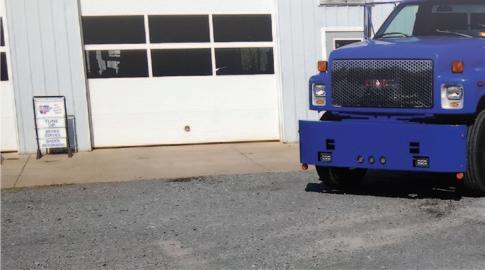






Rooftop cargo boxes can be convenient when traveling on vacations. However, researchers at the Oak Ridge National Laboratory report that such boxes can reduce fuel economy by a significant percentage depending on where drivers are driving. City drivers with rooftop cargo boxes may experience a 2 to 8 percent decline in fuel economy, while vacationers traveling at interstate speeds may notice a decline as high as 25 percent. Cargo boxes are not very aerodynamic, so it’s best to remove them after returning home from vacation.
• Avoid idling. Idling was once advised to warm up vehicles so they did not stall once they leave the driveway and hit the open road. However, that stalling occurred when cold carburetors could not get the appropriate mix of air and fuel in the engine. But carburetors have long since been replaced by electronic fuel injection systems, negating the need to warm up a vehicle to avoid stalling. The Environmental Protection Agency and the U.S. Department of Energy note that modern engines will warm up by being driven and urge drivers to avoid warming up their cars for more than 30 seconds.
High fuel costs make it advantageous for drivers to embrace efficient driving, which can save a substantial amount of money at the gas pump.

As recently as two decades ago, many drivers never would have imagined answering phone calls through their automobiles or spending time at stoplights scrolling through their social media feeds. But such is the reality for modern drivers, who must now contend with myriad distractions while behind the wheel.
Distracted driving now poses a significant threat to drivers, their passengers and pedestrians. According to the National Highway Traffic Safety Administration, distracted driving was responsible for the deaths of more than 3,100 people in the United States in 2019. Data from Transport Canada’s National Collision Database indicates that distracted driving contributes to an estimated 21 percent of fatal collisions in Canada.

A growing reliance on smartphones to do everything from play music to provide driving directions to check work emails has made it harder than ever for drivers to ignore their devices. Though the temptation to pick up the phone may prove hard for motorists to overcome, the following are some strategies they can embrace en route to

becoming safer, less distracted drivers.
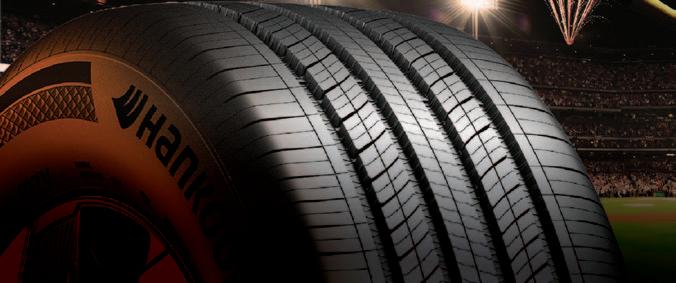

• Support legislation that polices distracted driving. Many community leaders have attempted to curb distracted driving by introducing legislation designed to penalize drivers who are caught with their eyes on their devices and not on the road. The National Conference of State Legislatures reports that there are currently 24 states that prohibit drivers from using handheld cellphones while driving. Such laws are effective. In fact, a 2010 study published in the journal Traffic Injury Prevention found that driver handheld phone use was estimated to be 24 to 76 percent lower up to seven
years after handheld phone bans took effect in Connecticut, the District of Columbia and New York.
Such figures indicate the farreaching impact of legis-

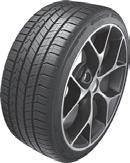
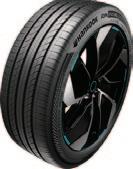
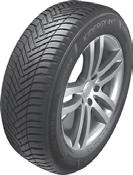
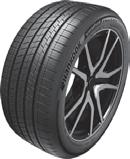


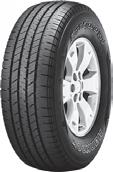
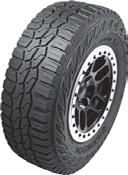
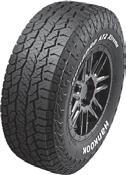










lating against distracted driving and underscores the importance of supporting such legislation.
• Lead by example. A recent study from AAA



found that electronics use is the leading source of distraction for teenage drivers. Parents can set a positive example for their children by turning their notifications off when they get behind the wheel so they aren’t tempted to respond to an alert or incoming message. If necessary, parents can place their phones in the glove compartment prior to starting their vehicles. Setting such an example increases the likelihood that kids recognize the dangers of combining driving and devices.
• Recognize devices aren’t the only distractions. The Insurance Institute for Highway Safety notes that devices alone don’t tell the


story of distracted driving. Drivers can easily become distracted by adjusting a radio, eating and drinking while behind the wheel, grooming, and interacting with passengers. Drivers must not discount the impact that all of their behaviors can have on their ability to pay attention behind the wheel. When driving, stick to driving. If drivers need to do anything else, like take a sip of water, eat lunch or adjust their car stereos, they should do so only after pulling off the road and putting their vehicles in park. Distracted driving poses a significant threat to anyone on the road. But it’s a threat that can be eliminated entirely when drivers are motivated to do so.
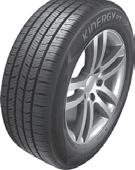
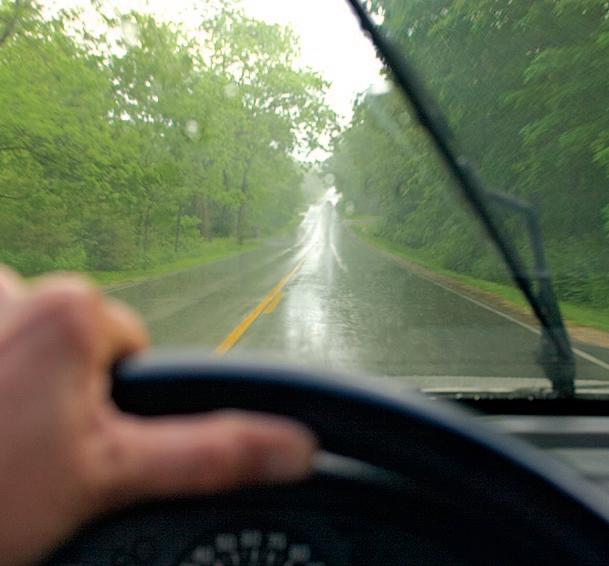
The road is filled with variables that change each time drivers get behind the wheel. Whether it’s aggressive drivers, road construction crews or some other unknown, drivers can never say with certainty what they will encounter while on the road.
Mother Nature is as significant a variable as any drivers will face, and many conditions can turn otherwise ordinary trips into ordeals that put motorists’ skills to the test. Though heavy rain might not seem as difficult to navigate as snow, it’s vital that drivers recognize the threat posed by such conditions. In fact, the Federal Highway Administration reports that each year 75 percent of weather-related vehicle crashes occur on wet pavement, while 47 percent, or nearly half, happen while rain is falling.
Such statistics are sobering and underscore how dangerous it can be to drive in rain or when roads are wet. Drivers are not helpless in such conditions, especially when they exercise caution in wet conditions.
• Slow down. The National Highway Traffic Safety Administration notes that







drivers will have a harder time controlling or stopping their vehicles on slick roads than dry roads. And that’s the case for both experienced and novice motorists. When driving in the rain or on wet roads, drivers should slow down, even if it requires driving a little below the
speed limit. Though it can be dangerous to drive too slowly on highways, drivers can use the far-right lane on such roads, which is not considered a passing lane and is often seen as the lane designated for vehicles moving more slowly.

• Leave extra room
between your car and other vehicles. The NHTSA also advises increasing the following distance between your vehicle and the one in front of you when driving in rain or on wet roads. An extra couple of car lengths ensures you will have more time to react and stop if
vehicles ahead of you encounter issues.


• Be mindful of pedestrians and cyclists. Though pedestrians and cyclists typically avoid walking or cycling in heavy rains, that does not mean there will be none on the road. That’s especially so when heavy rains fall suddenly, leaving pedestrians and cyclists already on the road with little options but to continue. Visibility can be especially compromised in heavy rains, which makes it even harder to see pedestrians and cyclists. So drivers should not assume the roads are only populated by fellow motorists and must be especially vigilant to avoid hitting pedestrians and cyclists.
• Travel familiar roads. Though familiarity does not mean motorists can be less vigilant when driving in rain, knowing the roads you’re on and the route you’re taking can ensure your eyes are focused on the road at all times and not periodically glancing at GPS maps on your dashboard. If you’re planning a road trip and know heavy rain will factor in at some time, familiarize yourself with evacuation routes along the way to your destination. The NHTSA also recommends drivers learn which local radio stations to tune into for emergency alerts.
Driving in heavy rain is no small task. But drivers can approach such conditions with caution to ensure they make it home safe.

Many motorists rarely think about their auto insurance policies. Among an adult’s many monthly or annual expenses, once signed, an auto insurance policy is essentially forgotten. However, with a few simple tips, drivers can significantly reduce the cost of their auto insurance.
• Reexamine your coverage. As a vehicle ages, it’s wise for men and women to reexamine that vehicle’s coverage. Older vehicles without much market value, for example, probably don’t need collision or comprehensive coverage. That’s because your claims on older vehicles are not likely to exceed your deductible, so paying for collision or comprehensive coverage on an older vehicle is essentially paying for something you’re never going to use.
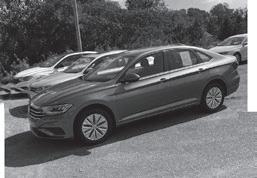

Another area where motorists frequently spend more than they need is on personal injury protection. Chances are, men and women with health insurance are just duplicating coverage by paying for more than the bare minimum personal injury protection under their auto insurance policies. The same holds true for men and women with adequate life and disability insurance.
• Say so long to your muscle car. The type of vehicle you drive can also impact your bottom line. Drivers facing a financial crunch might want to look at what’s parked in their driveways. In a recent ranking of the most and least expensive vehicles to insure, high-priced vehicles with powerful engines that trace their origins to Europe garnered the highest insurance quotes. Such vehicles tend to crash more, leading to more expensive injuries while costing more to repair.
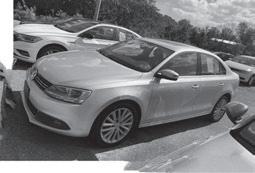
• Put safety first. Insurance companies value a vehicle’s safety features, and drivers can take advantage of that by putting safety at the top of their vehicle wish lists. The

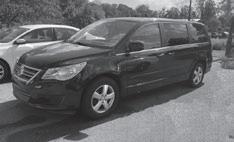


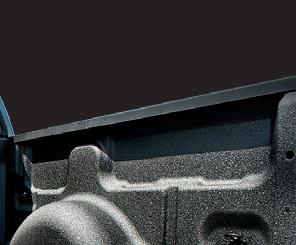
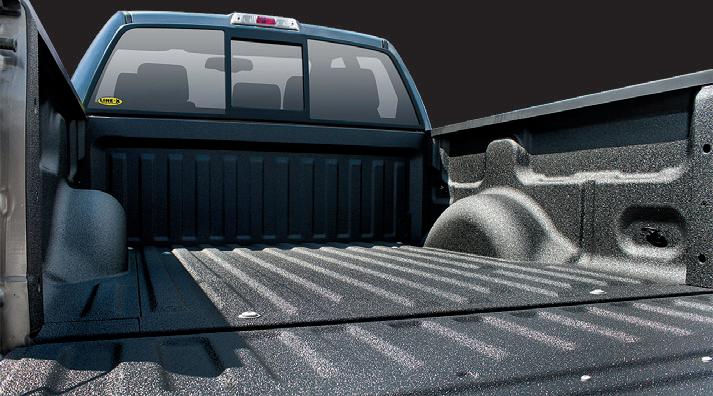
Insurance Institute For Highway Safety (IIHS) annually ranks the safest vehicles by category, including minicars, small cars, large family cars, midsize SUVs, and a host of other categories. To save on auto insurance, choose a



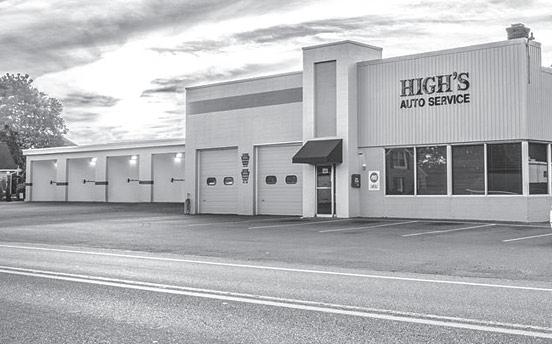

vehicle that the IIHS deems a winner when it comes to safety. These vehicles tend to boast a host of safety features, including air bags, anti-lock brakes and daytime running lights.




• Combine policies. Drivers who also own their homes should consider combining their policies if they haven’t already. Policy holders who combine their insurance policies can save as much as 35 percent on homeowners insurance and an additional 10 percent on their auto insurance. Newlyweds who still have separate policies can save by combining coverage, as can drivers who also own boats or recreational vehicles that are not currently insured under the same policy.
• Let your provider know if you’ve changed your driving habits. Drivers who drive a lot tend to pay more for auto insurance than drivers who don’t drive very often. That’s because insurance companies offer low mileage discounts that reward drivers who don’t drive very often. Let your provider know if you no longer have a long commute to work, are unemployed, participate in a carpool, or take public transportation to work. Any of those things might make you eligible for a low mileage discount. Drivers looking to save money might be able to adjust their auto insurance policy to earn substantial savings.


Defensive driving can prevent accidents and save lives. Defensive driving also could save drivers money on car insurance. With so much to gain from driving defensively, a refresher on the principles of defensive driving could benefit drivers of all ages.
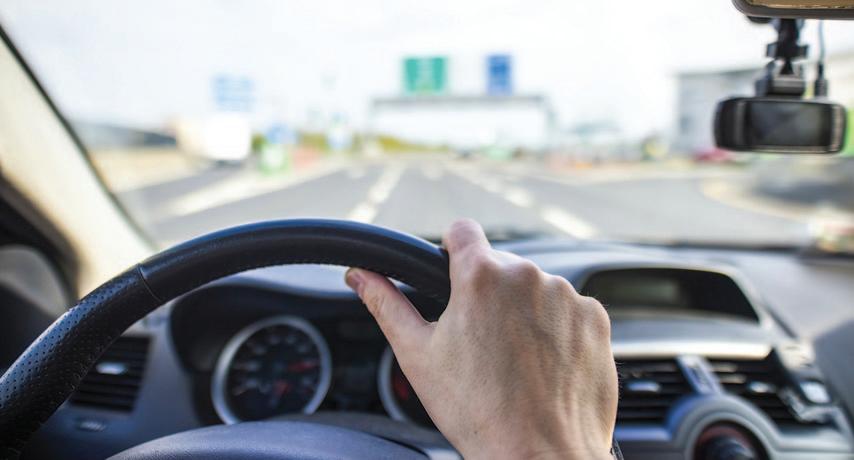
What is defensive driving?

Drivers undoubtedly have heard the term “defensive driving,” but may not fully understand what it means. In the simplest sense, defensive driving is an approach to driving that focuses on anticipating and reacting to potential hazards when behind the wheel. Defensive drivers apply various skills and techniques to defend against potential accidents caused by reckless drivers.






Who can benefit from defensive driving?

Anyone can benefit from a defensive driving course. New drivers may benefit the most because it gives them a strong foundation for safe driving. A defensive driving course also may help drivers remove tickets from their driving record or remove points from a license for first-time offenders, indicates DefensiveDriving.org. Defensive driving courses also may help prevent high insurance premiums or rate hikes following a ticket or accident.
The principles of defensive driving




Defensive driving courses differ, but the following are
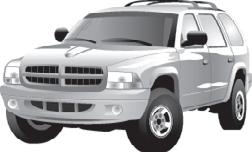

some of the basic principles of driving defensively.
• Be alert to surroundings. This is one of the most important aspects of defensive driving. Paying attention to the road and avoiding distractions prevents accidents. The National Highway Traffic Safety Administration says removing one’s eyes from the road for five seconds while driving 55 miles per hour is like driving the
length of a football field with your eyes closed. Drivers should scan the horizon, check blind spots and know what’s going on around their vehicles.

• Employ the three-second rule. Leave sufficient distance between your vehicle and the one in front of you. A driver should pass a stationary object on the side of the road no earlier than three seconds after the vehicle driving ahead of
them has passed it.
• Don’t drive impaired. Drugs, alcohol and fatigue can adversely affect performance behind the wheel. Precise movements, fastthinking and focus are adversely affected when driving tired or under the influence.
• Leave yourself an out. Figure out a way to avoid collisions at all times while driving. This includes not
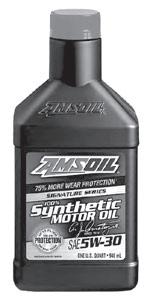
being boxed in by other drivers or barriers. This can be achieved by leaving significant distance between your vehicle and the one in front of you, by obeying the speed limit and ensuring there’s a lane to move into that’s free and clear.
• Avoid bad drivers. Steer clear of drivers who are acting recklessly, and give them a wide berth. Move over, slow down and keep an eye on these drivers to avoid a collision. Similarly, move over for tailgaters and avoid succumbing to road rage.
• Be courteous and follow the rules. Respect the rules of the road that you learned in drivers’ education classes. This includes wearing a seat belt, obeying the speed limit, slowing down for bad weather, and giving over the right of way to a reckless driver if it means staying safe.
Defensive driving is a strategy that can help reduce accidents and save lives.

Buying a pre-owned vehicle can be a costeffective way to get a reliable, affordable car or truck. The moment a new car leaves a lot, it starts do depreciate in value, according to U.S. News & World Report. After the first few years of ownership, the vehicle has lost a significant amount of its value. By buying used, consumers avoid that steep depreciation.

Pre-owned vehicle ownership is popular, as Americans buy 50 million used cars a year, according to Paul Taylor, the chief economist for the National Automobile Dealers Association. Buying a preowned vehicle takes a little more research and work than buying new, but that time spent can be worth it. Here’s how to navigate purchasing a used car or truck.
• Check vehicle value.
Utilize a car pricing tool such as Kelley Blue Book or Edmunds to gauge the value of a used vehicle. This way you’ll have an understanding of the range of prices that are acceptable for a vehicle of a certain age, make and condition.
• Consider “certified” preowned vehicles. Many


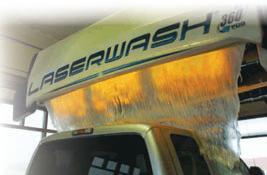
dealerships stand behind vehicles of a certain age and condition. Often called certified pre-owned vehicles, these tend to be lease turnins that are between three and four years of age and may still be under full or partial warranties. Certified pre-owned vehicles remove some of the worry associated with buying used since warranties will cover the repair costs of certain parts, such as the engine and drivetrain. Plus, the
dealerships’ mechanics have given the vehicles health checks before listing them for sale, certifying their condition and mileage.
• Confirm financing rates. Many manufacturers are offering financing for certified pre-owned vehicles that are as competitive as those for new cars. Shopping around for rates, both at dealerships and other lenders, can make preowned vehicles even more affordable.
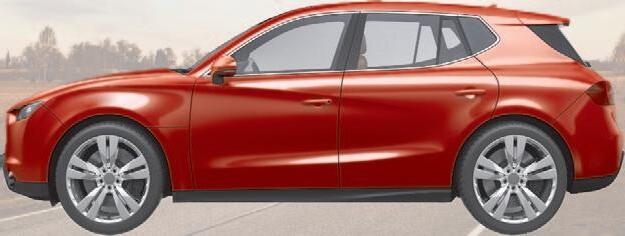
• Exercise caution with private sellers. Buying from a private seller is a bit riskier than utilizing a dealership. That’s because the due diligence falls on you as the buyer. Ask for a vehicle history report (commonly known as the CARFAX®) for any vehicle you’re considering, even if it means paying for the report. The report will list any accidents and other red flags. If a seller refuses to offer the report, pass on the deal.
• Bring a mechanic. Another safeguard is to have your own mechanic look over the vehicle before purchase. A professional will know what to look for in terms of unusual wear and tear on a vehicle that may not be evident to drivers.




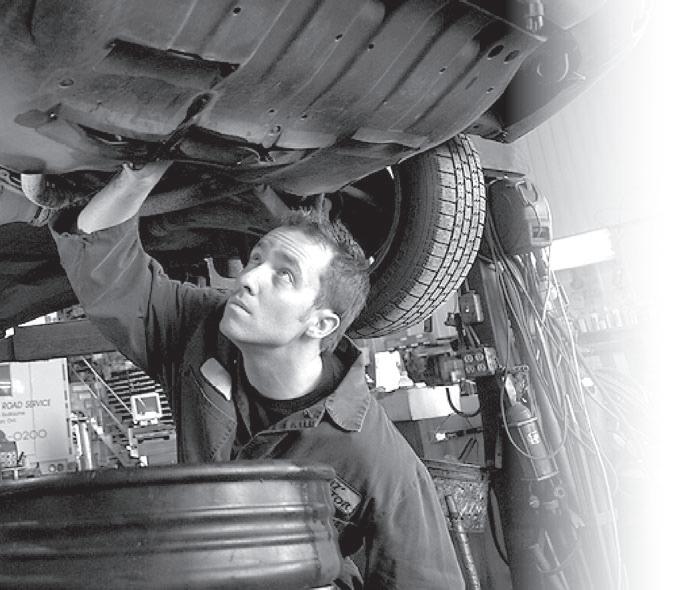
• Budget for all costs. Before making any decisions, develop a used car budget that takes into consideration the total cost of owning the vehicle. This can include the monthly payment, interest, insurance, maintenance costs, and fuel costs.
Pre-owned vehicles can be great bargains, especially in an era when supply shortages are making new vehicles even more costly.
Tire blowout is a potential cause of an accident, and such blowouts might be more common than motorists expect. But tire blowout can put motorists in a precarious position, especially if they don’t know what to do. Follow these tips:

• Don’t respond by hitting the brakes. It might be counter intuitive to squeeze the gas pedal when a tire blows out, but doing so puts drivers in control of the vehicle and keeps it going in the intended direction. Immediately slamming on the brakes will cause the vehicle to turn, possibly turning the vehicle into oncoming traffic. When squeezing the gas pedal, drive straight down the lane. Within seconds of pressing the gas pedal, slowly begin to release it.
• Coast to a slower speed. As the accelerator is released, allow the vehicle to coast to a slow speed, but not a speed so slow as to put driver and passengers at risk. Once the car is coasting between 25 to 30 miles per hour, use the turn signal and slowly turn toward the side of the road where the tire is blown.

• Check tire pressure when you can pull into a parking lot. When you have safely made it to the shoulder and the tire has been changed successfully, find a filling station or other parking lot and check the tire pressure on the tires that did not blowout. A blowout is often the result of an underinflated tire.
Vehicle rentals enable vacationers or business travelers to get around when they leave their own vehicles at home. Driving across the country can take days. But hopping a flight and then renting a car at the airport ensures that travelers have the convenience of getting around town of their own accord. The following is a generalized guide of what to expect when renting a car or an RV.
Car rentals

Most national rental car agencies operate under a standard set of rules. Small auto rental companies may have more relaxed standards. Enterprise Rent-A-Car, a leading car rental company in the United States and Canada, says to expect to need the following:
• A valid driver’s license with a photo;
• Proof of a car insurance policy, or purchase of the rental company’s insurance;

• A credit or debit card (check acceptable forms of payment with the company of choice); and



• A driver who is at least 25 years of age in the United States or age 21 in Canada. Young drivers may be ineligible to rent, or may have to pay a young driver’s fee.
Large rental companies often offer a wide range of vehicles, from economy cars to pickups and SUVs. Prices vary based on the size of the vehicle. Renters can shop around to find prices that meet their budgets.

Each company has its own rules on mileage restrictions, use of toll roads and fueling up before returning the vehicle. Renters should go over policies carefully to avoid extra charges.
RV rentals



Those who want to experiment with different RV models and gain experience behind the wheel before making a purchase can turn to RV rentals. The RV resource Go RVing says RVs can be rented at local RV dealerships and national chain outlets. Certain campgrounds offer on-site RV rentals.
Certain rental companies may offer rental orientations. Whether on video or inperson, the orientation will show the essentials of RV rentals and travel. In addition, most will provide an assistance guide that offers tips on safe driving, entering and leaving campgrounds and operating the RV.


Most RV renters do not have a cache of equipment available, so rental companies frequently offer provision kits for an additional fee. These kits may include everything from pots and pans to bed linens and pillows.
There are various ordinances that may restrict the use of RVs, including capacity maximums and age limits. Like other rental vehicles, the minimum age to rent an RV in the U.S. tends to be 25. Rental companies may place restrictions on traveling across borders to Mexico or Canada. Check international travel rules prior to signing on the dotted line.

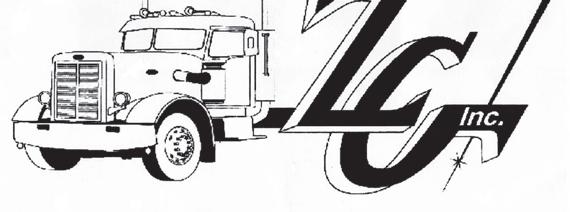
Summer and fall can stake their claim as road trip season, and even devoted drivers may admit that winter is generally a less desirable time to take to the open road. The elements factor heavily into that reputation, as fewer hours of daylight, snow and ice are just some of the variables that can make it less enjoyable, and potentially more dangerous, to drive in winter.
In anticipation of adverse driving conditions, vehicle owners can take various steps to prepare their cars and trucks for winter.
• Upgrade your wiper blades. Perhaps nothing is compromised more than visibility when driving in winter compared to other times of year. Snow makes it hard to see when driving, but fewer hours of daylight also can affect visibility. In fact, the Insurance Institute for Highway Safety reports that approximately half of all fatal crashes occur between 6 p.m. and 6 a.m., even though the number of drivers on the road during those hours is considerably lower than it is during the daytime. The difficulty of driving at night is even more significant when wiper blades are not up to the task of keeping rain and snow off drivers’ windshields. Prior to winter, inspect wiper blades and upgrade them, if necessary. Streaks left on a windshield are a telltale sign that blades need to be replaced.
• Purchase winter tires. Winter tires may not be necessary in regions with relatively mild winters.
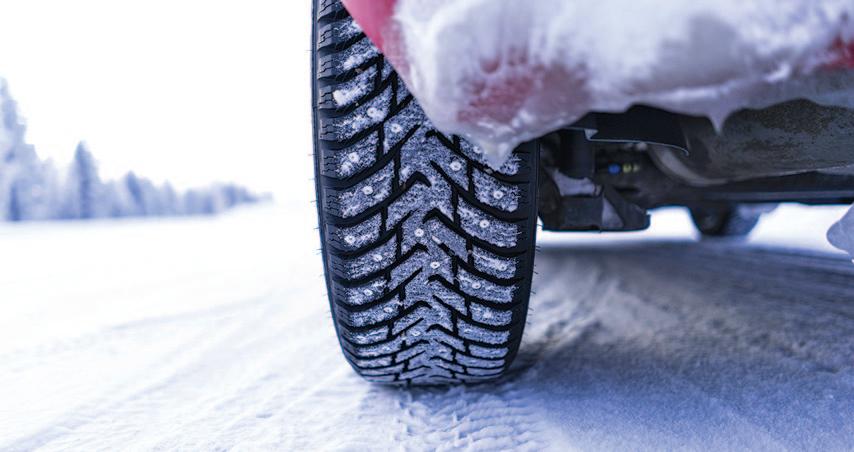
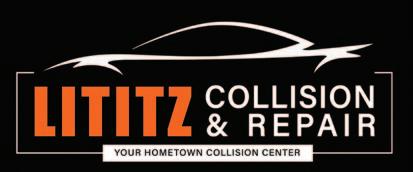
However, drivers accustomed to winters marked by heavy snowfall and/or icy roads should consider replacing their existing tires with winter tires. Many newer vehicles are now equipped with all-season tires, which the tire experts at Bridgestone note provide great performance but are not designed to handle extreme winter conditions like snow and ice. Winter tires are specially designed to handle such conditions, making them a worthy investment for drivers who live in regions where it’s not unusual to encounter snow and ice throughout the winter.
• Study up on your engine oil. Some vehicle manufacturers recommend different grades of oil depending on the range of temperatures
a car or truck will be driven in. The owner’s manual will likely indicate if the manufacturer recommends using a different type of engine oil in especially cold temperatures. Even if the manual does not include such a suggestion, drivers can seek the advice of a local mechanic.
• Schedule a pre-winter tuneup. Even if a vehicle is not due for a tuneup, it can be wise to have it looked over by a local mechanic before the arrival of harsh winter weather. A mechanic can check the radiator, hoses and other components that could be affected by especially cold weather in the months to come. If any
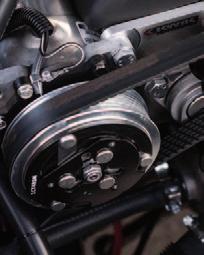
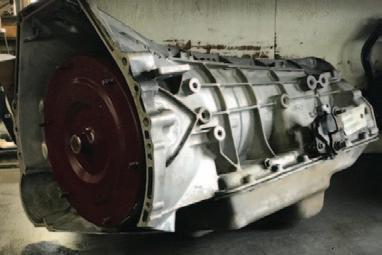
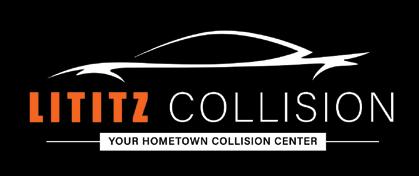

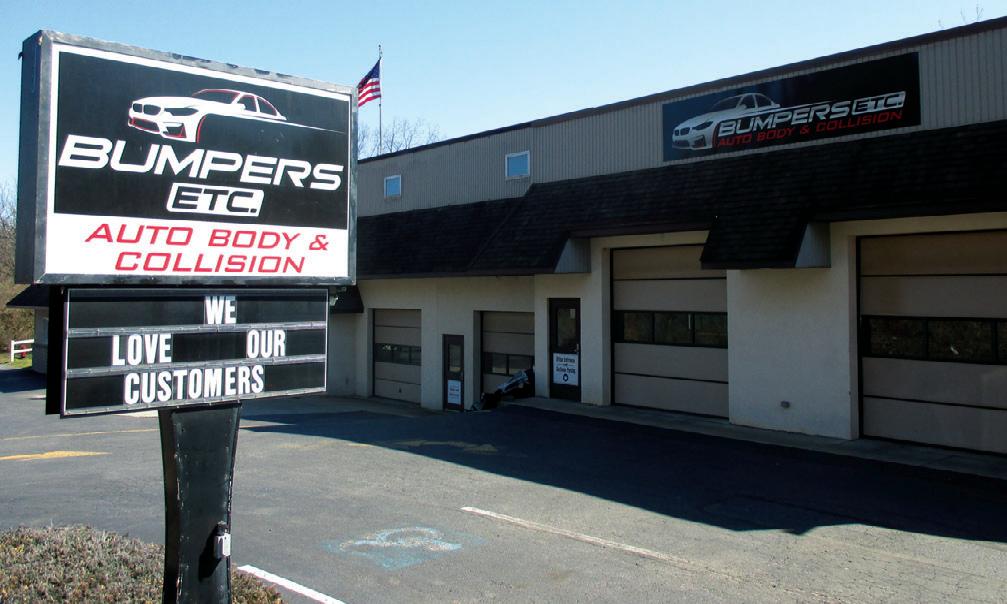
issues are found, address them immediately. After all, it’s better to be proactive than leave yourself vulnerable to breakdowns or other issues once the mercury drops.
As fall gives way to winter, drivers can take steps to keep their cars running strong and safe in the months ahead.

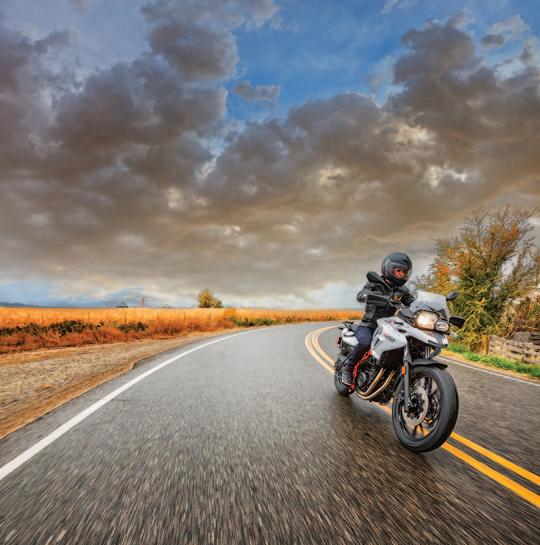







Millions of motorists traverse the country’s roadways when the weather allows. An increasing number of those motorists are seeing the sights while riding motorcycles.

Riding a motorcycle can be an awe-inspiring experience much different from riding inside a car or truck.
According to the motorcycle information resource Biker Report, 1.5 million Americans owned a motorcycle in 2018. Even though motorcycle accidents have declined in recent years, a recent report by the Governors Highway Safety Association, a nonprofit organization representing state highway safety offices, indicates that, when adjusting for miles traveled, motorcycle fatalities occur 28 times more frequently than fatalities involving passenger vehicles. Alcohol

and drug impairment, distraction and an aging motorcycle population have contributed to the elevated accident risk among motorcycle riders. However, inexperience also plays a role.
By adhering to certain safety measures, novice riders can avoid various risks and stay safe as they get more acclimated to their motorcycles.
• Get your license. It is essential to ride with a license. In the United States, riders are required to have a motorcycle license or endorsement in addition to a driver’s license to legally ride a motorcycle. Depending on where riders live, a motorcycle safety course may be a prerequisite to getting a license and can help riders improve their skills on a motorcycle.
• Enroll in a safety course.

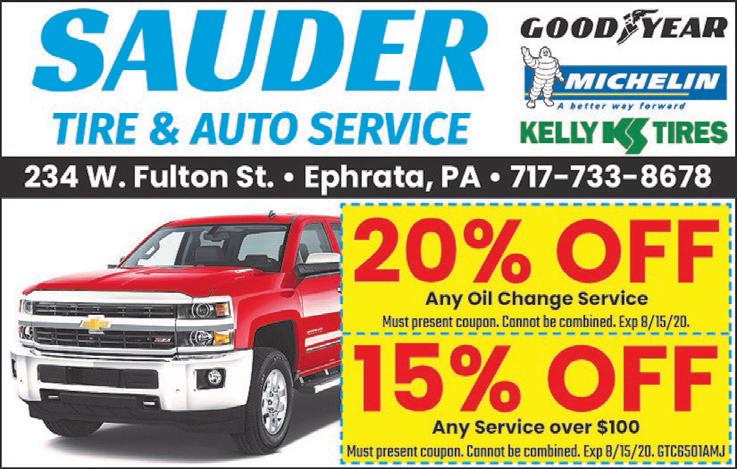
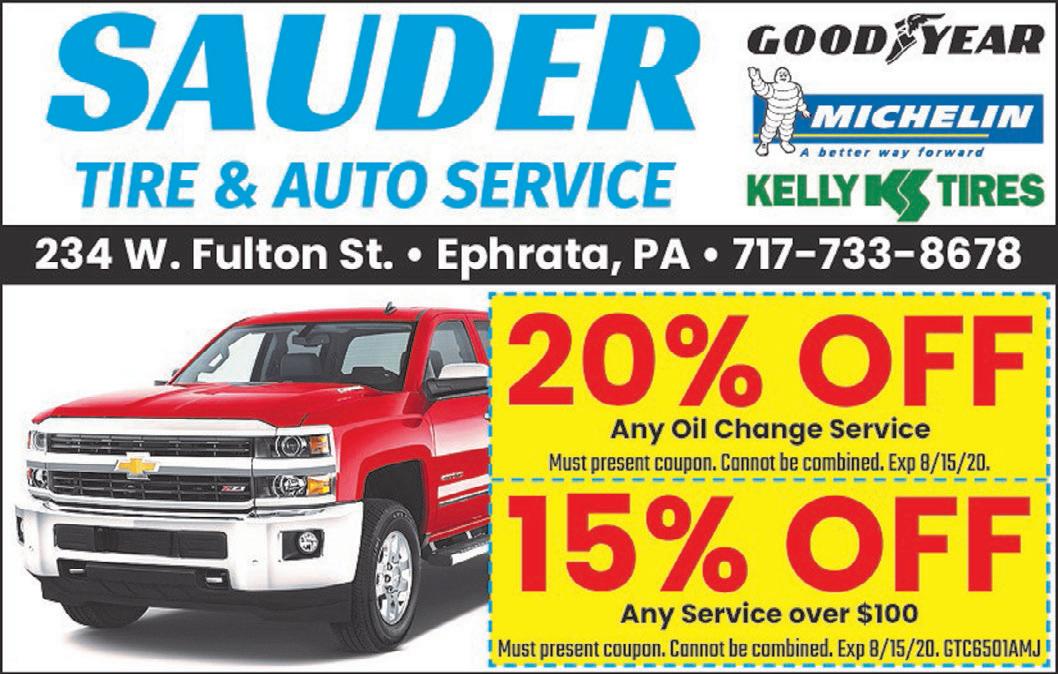















A safety course can teach riders various strategies, including emergency evasive maneuvers. The Motorcycle Safety Foundation offers courses for riders, who can check to see if any such courses are available in their areas.
• Wear a helmet. Many states require motorcycle operators and riders to wear













helmets when bikes are in operation. Helmets are required by law in Canada across all provinces and territories. The U.S. Department of Transportation also recommends a full-face helmet as an added safety option for novice motorcycle riders. Biker Report states that a helmet can reduce risks of brain injuries from a
motorcycle accident by up to 67 percent.












• Wear protective clothing.





















In addition to helmets, jackets and other protective gear can reduce the risk of injury for riders involved in crashes. A 2011 study published in the journal Accident Analysis and Prevention determined there was a significantly reduced risk of injury to the upper body when riders wore fitted body armor.








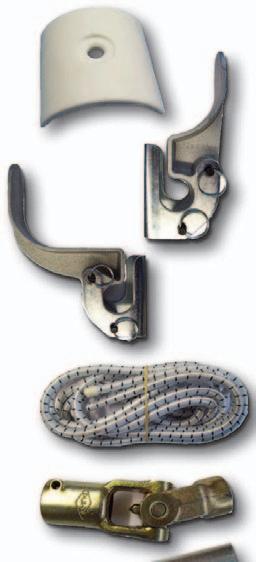


• Practice in a closed environment. It is essential that motorcycle riders grow accustomed to riding the bike they will be taking out on the road. Doing so in a parking lot or a closed course enables riders to get a better feel for the throttle grip and brakes and steering. Riders can gradually increase their time on the motorcycle and skip long distance trips until they feel comfortable on their bikes.
In addition to these tips, novice riders are urged to be as visible as possible while on the road. Bright or reflective items can make motorcycle riders stand out. With these safety measures in place, novice motorcycle riders can reduce their risk for accidents and injuries while on the road.
In the early days of the COVID-19 pandemic, restaurant, school and work closures were integral components of mitigation plans designed to prevent the virus from spreading. That resulted in much fewer cars on the road. Many things have changed since then, and life has gradually returned to pre-pandemic conditions. That return to normalcy has been marked by a return to the workplace.
The United States Census Bureau says the average person commutes just over 27 minutes each way when traveling solo by car. Those times were slashed when only essential personnel were commuting during the height of the pandemic. Census data paints a picture of shorter commute times now. Data indicates that, in 2019, there were nearly nine million workers who were doing their jobs outside of a centralized workplace. In 2021, that part of the workforce increased to about 27.6 million workers, resulting in roughly 18.6 million fewer commuters across the U.S. Census surveys indicate round-trip commute times dropped by around 7 percent in 2021 from 2019, equaling about 4 minutes saved on a roundtrip commute each day.

